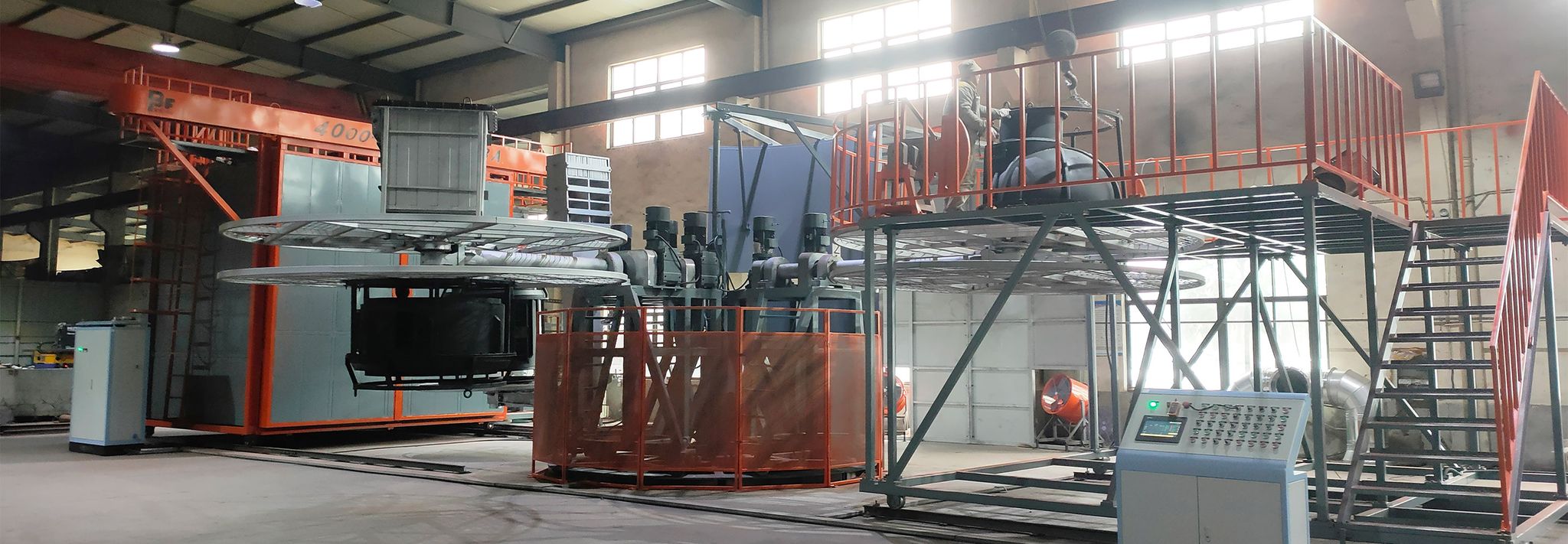
Get A Quote
Rotomized Water Tank Production Process
The Manufacturing Process Behind Water Tanks
- The first step is to spray release agents on the inside surface of the mold load the raw material into the mold and close the mold.
- The second step is to start the plastic rolling machine and the mold on the trolley is heated in the oven at the same time the robotic arm keeps rotating.
- The third step according to the process setting the mold is heated in the oven during this period the raw materials melt and adhere to the inner surface of the mold and gradually form meanwhile the manipulator continues to rotate.
- The mold comes out of the oven and continues to rotate and the product is cooled to form.
- After the cooling is completed the product is demolded the finished product is removed from the mold.
Advantages of Using Rotational Molding to Make Water Tanks
- Durability: Rotational molding creates products that are tough and long-lasting, as the process allows for consistent wall thickness and strong seams. This means that the water tanks produced using this technology can withstand harsh conditions and heavy use, ensuring a longer lifespan.
- Cost-effectiveness: Rotational molding is an efficient manufacturing process that requires fewer materials and less labor compared to other molding techniques. This results in lower production costs, which can be passed on to the customer. Additionally, the molds used in rotational molding are less expensive to produce, further reducing overall costs.
- Design flexibility: Rotational molding allows for a high degree of design flexibility, as it can be used to create complex and custom shapes. This means that water tanks can be designed to fit specific spaces or meet unique requirements, without the need for additional parts or assembly. The process also allows for easy customization, as changes to the mold can be made quickly and at a low cost.



FAQs
1. Can I customize the size and dimensions of the rotational molding machine to fit my production facility?
2. Is it possible to customize the mold size and weight for producing specific products?
3. Can the mechanical arm of the rotational molding machine be customized to suit different production needs?
Custom Solutions with Rotational Molding
Discover the advantages of rotational molding, explore the materials and machinery utilized in our process, and learn how we tailor custom solutions to meet your specific requirements through our rotomoulding technique.
Discover the advantages of rotational molding, explore the materials and machinery utilized in our process, and learn how we tailor custom solutions to meet your specific requirements through our rotomoulding technique.

